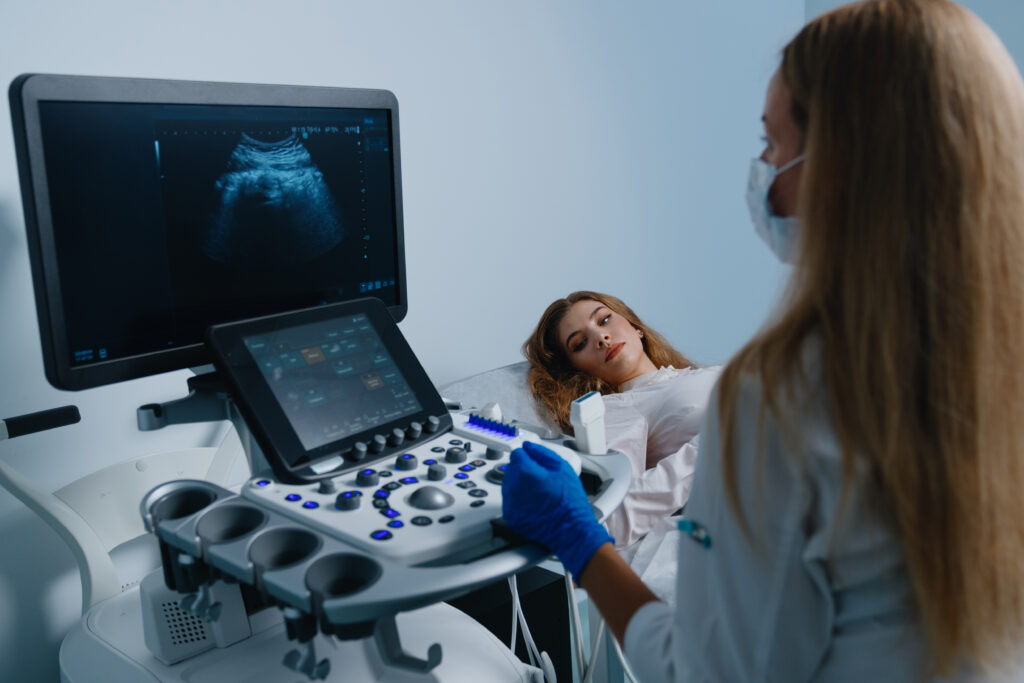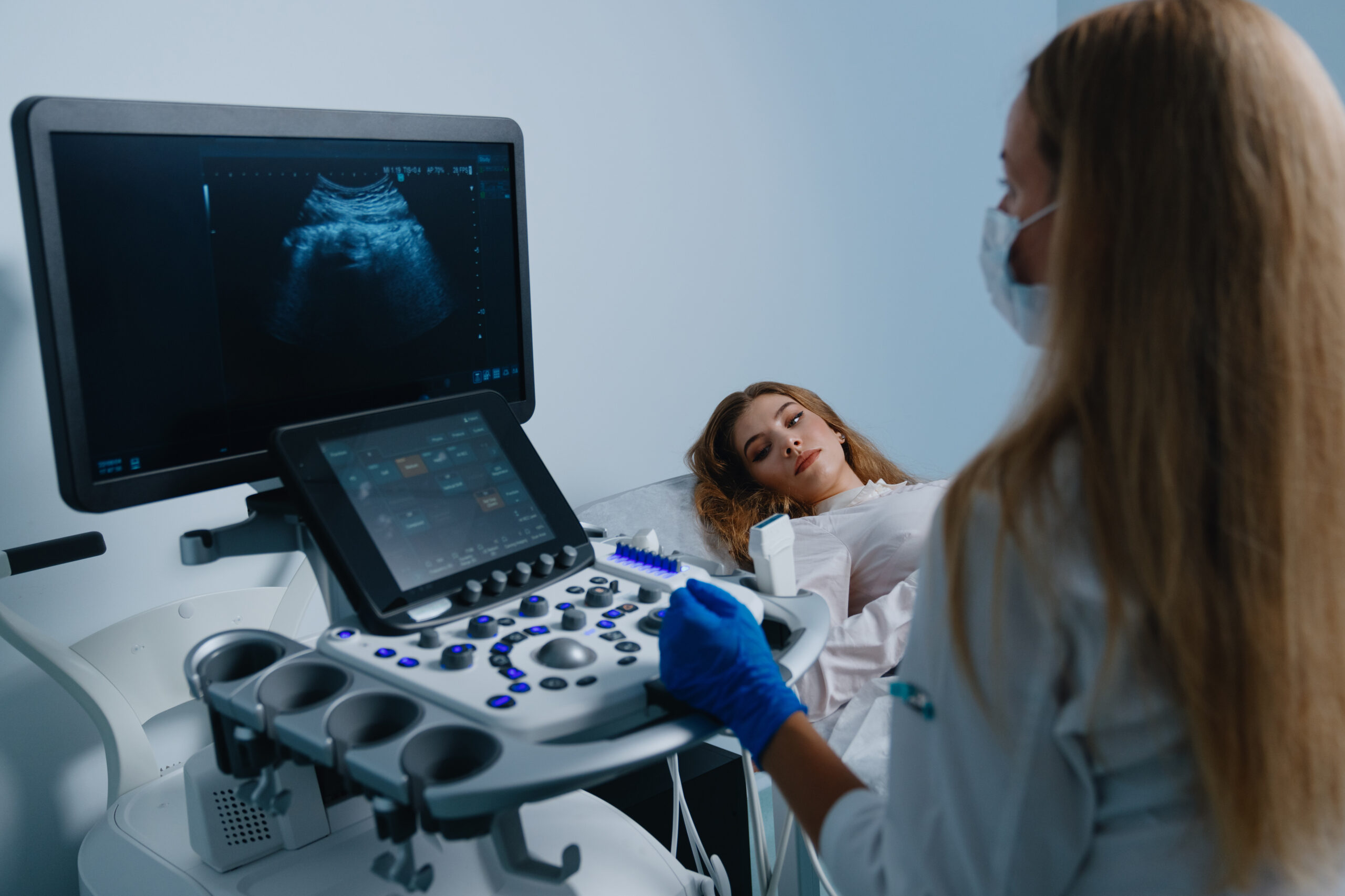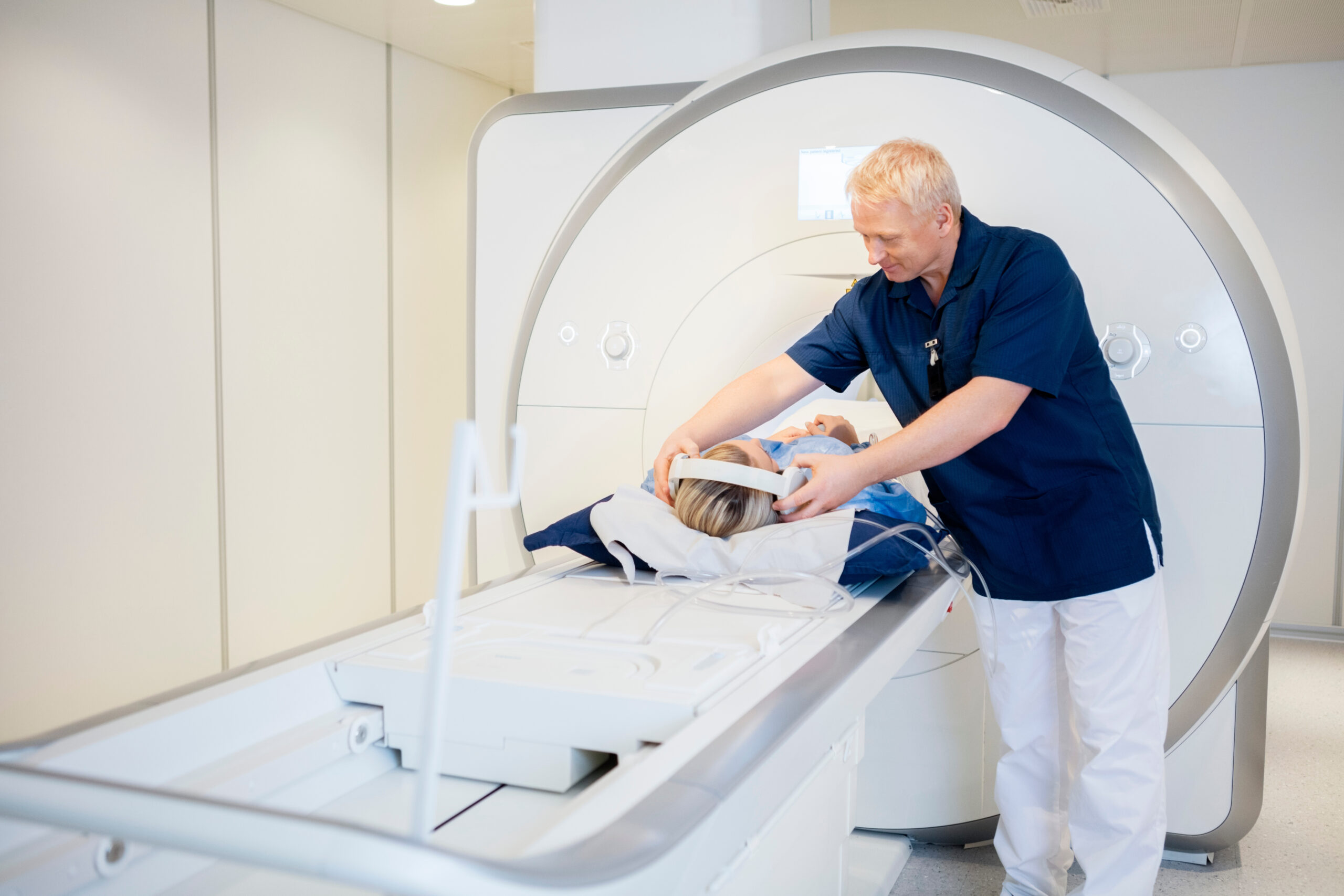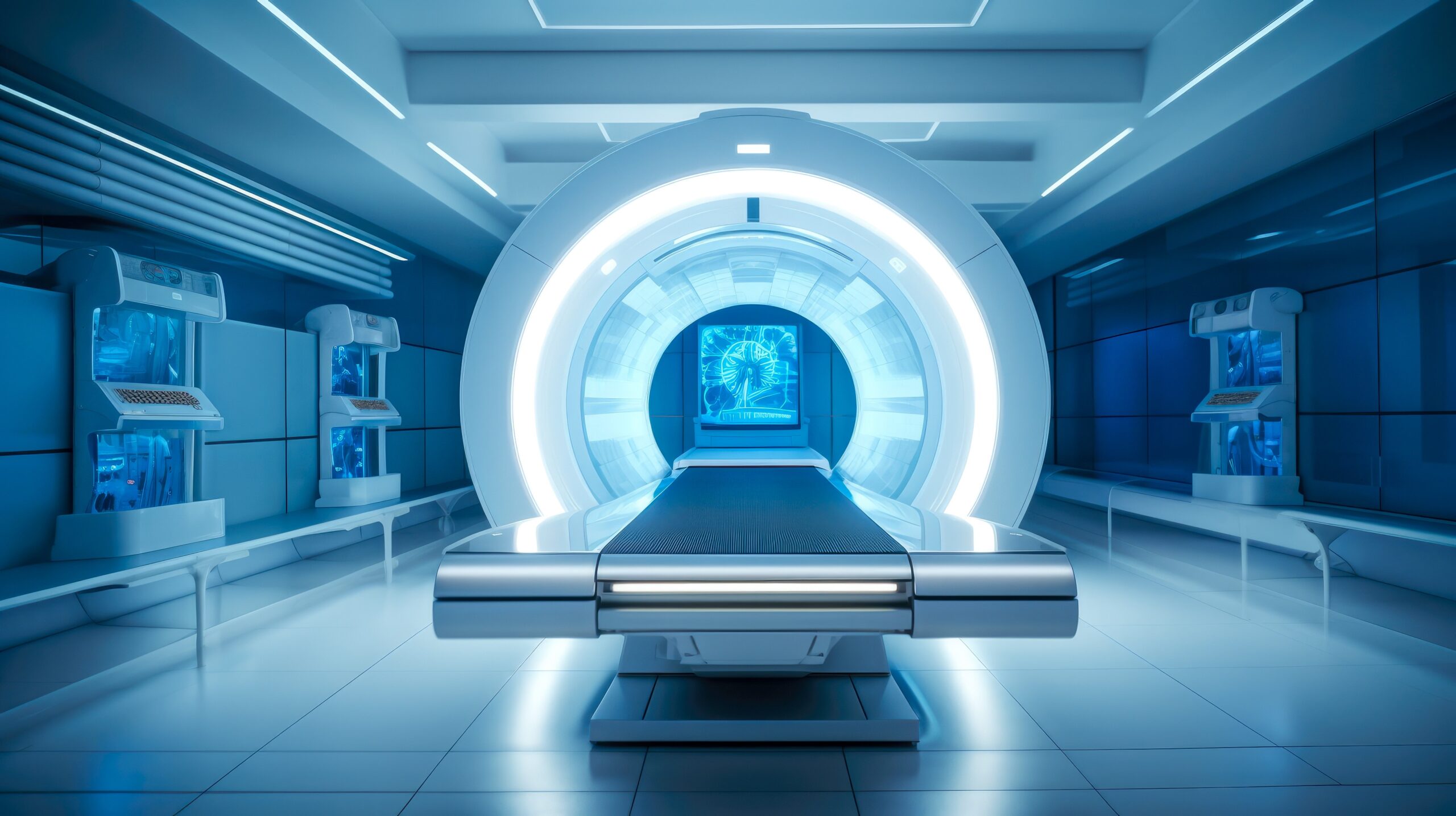In today’s fast-paced world, healthcare has shifted towards a more proactive, preventive approach. Instead of waiting until symptoms arise, many health professionals now recommend that patients focus on early detection through routine screenings. Diagnostic imaging, including cutting-edge technologies like PET CT and MRI, plays a crucial role in this movement. By catching potential health issues early, these tools empower individuals to make informed decisions about their health and take action before serious conditions develop.

In this blog, we’ll explore the importance of preventive care, the role of diagnostic imaging in early detection, and how you can incorporate these advanced imaging services into your personal health strategy.
Importance of Preventive Care
Preventive health care focuses on taking steps to prevent illness or injury before it occurs, rather than treating it after the fact. Regular health check-ups, screenings, and lifestyle adjustments can drastically reduce the risk of serious conditions, such as heart disease, cancer, and diabetes. Preventive care aims to identify health risks early, when treatment options are most effective and outcomes are generally better.
By identifying potential issues before they develop into major health concerns, preventive care allows individuals to take charge of their health. The earlier a problem is detected, the easier it often is to treat, and the better the prognosis for recovery. Whether it’s through regular blood tests, vaccinations, or imaging exams, a comprehensive preventive strategy can save lives and improve the quality of life.
Role of Imaging in Preventive Strategies
Diagnostic imaging techniques like PET CT (Positron Emission Tomography-Computed Tomography) and MRI (Magnetic Resonance Imaging) are essential tools in the preventive care arsenal. These technologies allow healthcare providers to look inside the body and identify abnormalities that may not yet be symptomatic. By using advanced imaging technology, doctors can detect conditions like tumors, cardiovascular issues, neurological disorders, and other underlying health problems before they manifest as major health threats.
PET CT: This imaging tool combines the power of a PET scan and CT scan, offering a detailed view of both the function and structure of the body. It is particularly useful in detecting cancer, monitoring tumor growth, and evaluating treatment efficacy. PET CT can also be used to assess cardiac and neurological health.
MRI: MRI scans are ideal for visualizing soft tissues, making them crucial for identifying neurological disorders, joint problems, and some types of cancer. Unlike CT scans, MRI uses magnetic fields and radio waves to create detailed images without exposing patients to ionizing radiation.
Both of these imaging techniques are vital in preventive health because they provide invaluable insight into the body’s internal systems. When used proactively, they help detect diseases and conditions that may otherwise go unnoticed until they’ve progressed to more advanced stages.
How to Incorporate Imaging into Your Health Plan
Incorporating diagnostic imaging into your regular health check-up schedule can be a powerful way to monitor your health and catch potential issues early. Here’s how to effectively include imaging into your preventive care routine:
- Consult Your Doctor: Speak with your healthcare provider about your family history, lifestyle, and any symptoms or concerns you may have. Your doctor will recommend the most appropriate imaging tests based on your risk factors.
- Know Your Risk Factors: Certain individuals may benefit from more frequent imaging, especially those with a family history of cancer, heart disease, or other serious health conditions. Knowing your risk can help you prioritize which types of scans are right for you.
- Schedule Routine Screenings: Many preventive screenings, such as mammograms, colonoscopies, and cardiovascular imaging, can be scheduled in advance. Make sure to stay up-to-date on your screenings and follow your healthcare provider’s recommendations.
- Stay Informed About New Technology: Advances in imaging technology, such as the availability of PET CT and high-resolution MRI, offer new opportunities for early detection. Ask your doctor about the latest advancements and whether they are appropriate for you.
- Be Proactive: Don’t wait for symptoms to appear. Regular imaging screenings can help detect health problems long before you notice any changes in your body. A proactive approach to health allows you to catch potential issues early, ensuring that treatment can begin as soon as possible.
Conclusion
Preventive health care is essential for maintaining long-term well-being, and diagnostic imaging plays a critical role in making it possible. By using technologies like PET CT and MRI, individuals can take a more active approach to their health, detecting problems before they become serious. Early detection leads to better treatment outcomes, reduced healthcare costs, and, most importantly, a higher quality of life.
If you’re in Miami and looking to take control of your health, consider scheduling a PET CT or MRI scan at PET CT of Miami. With state-of-the-art equipment and experienced professionals, we offer comprehensive imaging services to help you stay ahead of potential health concerns.
Schedule Your Appointment Online Today
At PET CT of Miami, we make it easy to prioritize your health. With our convenient online appointment scheduling system, you can book your PET CT or MRI scan from the comfort of your home. Don’t wait—take the first step towards better health today!
For more information or to schedule your appointment, visit our website and book your imaging session online.




